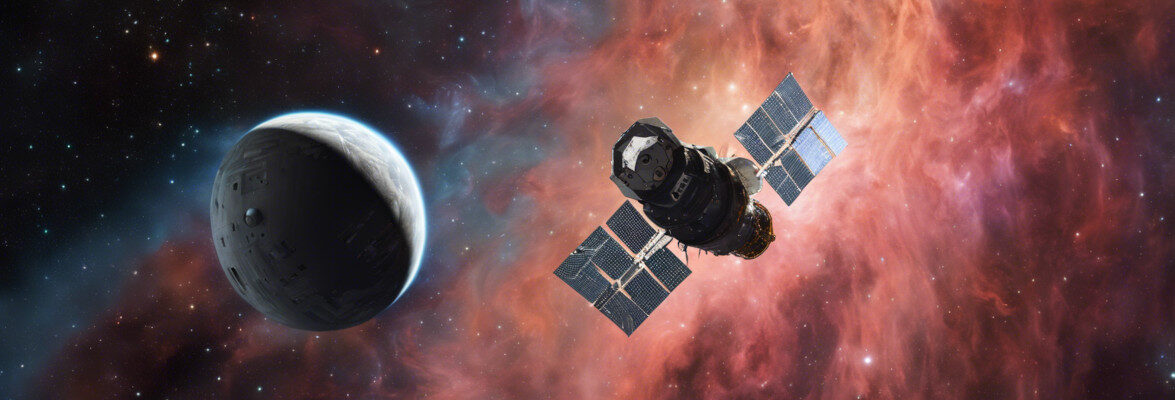
An article published in the journal “Astronomy & Astrophysics” reports the discovery of a black hole in a triple system known as HR 6819. A team of researchers led by ESO’s Thomas Rivinius used the FEROS spectrograph on the MPG/ESO 2.2 meter telescope at La Silla to examine that system in a study on binary systems, surprisingly discovering the presence of a third object identified as a black hole. It’s the closest black hole to the solar system, but according to the researchers it could be the tip of the iceberg, and there could be many others like that, as predicted by theoretical models.
About 1000 light-years away from Earth, the HR 6819 system is also known by other catalog designations such as HD 167128 or with the name QV Telescopii. Also visible to the naked eye, it was initially considered a single star, but in 2003 traces of a second nearby star were found, confirmed in 2009 by a research in which Thomas Rivinius also participated. The study continued identifying the traces of a third object, and observations were needed with the FEROS (Fiber-fed Extended Range Optical Spectrograph) instrument mounted on the MPG/ESO 2.2-meter telescope in La Silla, Chile, to obtain the missing information.
The combination of the various observations conducted with the FEROS spectrograph showed that one of the two visible stars orbits an invisible object every 40 days while the other star is distant from the inner pair. The image above (ESO/L. Calçada) shows an artistic illustration of the orbits of the three objects: the black hole’s orbit is indicated in red, that of the inner star that orbits around it is indicated in blue as that of the more distant star.
Dietrich Baade, an astronomer emeritus at ESO in Garching, one of the authors of this study, explained that the observations needed to determine the 40-day period had to be distributed over several months. This was only possible thanks to ESO’s pioneering observation service under which observations are conducted by ESO staff on behalf of the scientists who need them.
The black hole was never noticed because it doesn’t violently interact with its environment and consequently it appears really black. The researchers were able to identify its presence and calculate its mass by studying the orbit of the inner couple’s companion. The estimate is that it has a mass at least quadruple the Sun’s, and an invisible object with that mass can only be a black hole.
Systems like HR 6819 are interesting also because such configurations could be at the center of mergers between black holes or between a black hole and a neutron star when they include two objects of those types. That’s because the outer object could influence its companions with its gravity. The theoretical models predict a greater amount of black holes than the known ones, but they could be not interactive, like the one just discovered. The researchers are examining another system, called LB-1, which could also be triple. In essence, this research represents a step forward within a wider range of astronomical studies of different types.


